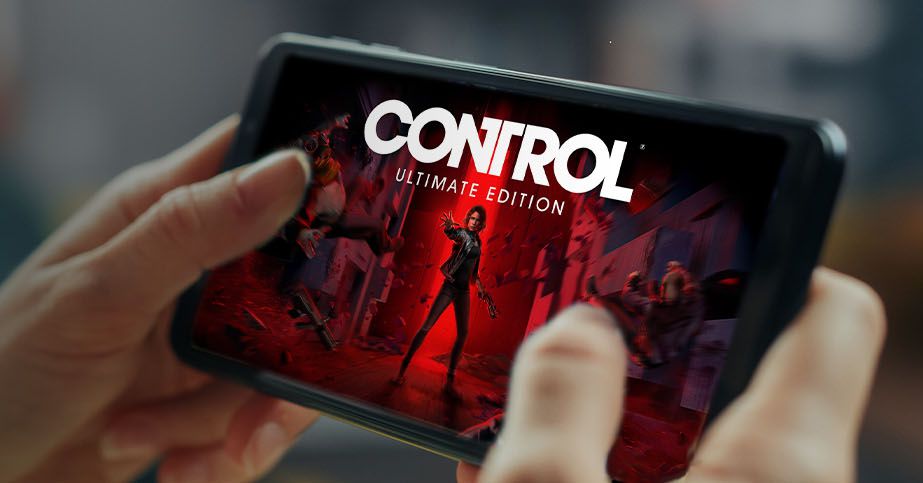For many months now, AT&T has been dangling with a tantalizing possibility: what if you could try blockbuster games for free right through its network? The company started with generic bundling free six-month subscriptions to Google Stadia and then let its customers stream full copies of Batman: Arkham Knight and Check over the Internet. Then it hinted at something even more intriguing: a try-before-you-buy game service where you can try a game directly from a search resultbuy and download a full copy as soon as you know you like it, then pick up where you left off.
No current cloud gaming service offers anything like it.
But after speaking with the man responsible for these AT&T initiatives, we learned that AT&T has no intention of creating such a thing on its own. In fact, the company’s experiments don’t point in the direction of a cloud gaming company at all.
“We’re not going to make a business out of it,” said Matthew Wallace, AT&T’s assistant vice president for 5G products and innovation. “Our goal in life is not to provide a gaming app or gaming service; it is to provide the underlying networking capabilities and then make those capabilities available to the gaming companies and customers.”
I also ask the question in other ways to make sure I understand it correctly. Would AT&T provide the missing pieces of that try-before-you-buy vision? “We’re not interested in launching a gaming service for that,” Wallace says. The company has existing relationships with Google and Microsoft, so it doesn’t invest in building its own cloud network to attract game publishers, nor does it have another free game like Batman or Check drafted; Wallace says AT&T is now looking for its next partner.
So what does AT&T want from cloud gaming? Wallace, a 25-year-old AT&T veteran, was willing to be candid. Its role in it only dates back to 2019 and it started out as a test case for 5G – just a particularly useful example of a difficult but potentially desirable network load that benefits from the faster connectivity. “Gaming, especially cloud gaming, was one of the very first things that came to the fore,” he says.
So the task was to work with gaming companies and figure out how the network could better meet their needs. “Our focus is on what we can do in the network to make sure the customer session has the right attributes,” said Wallace. That includes not only radio performance, but also optimized paths for all data passing through the network, reducing the time it takes to travel “from the mobile core to where the applications reside,” among other hops.
A poorly understood fact about cloud gaming is that a fast connection with download speed is not fast enough. Much more important is latency – here, the time it takes for you to press a button to find its way to a remote server, move your game character and go all the way back to your screen. Wallace says AT&T has learned that both speed and latency must be consistent for cloud gaming and that consistency has “absolutely held back cellular networks.” That’s what the company is working on with these public tests.
And there AT&T may have some idea about how to drastically improve consistency, but it’s potentially controversial. Wallace says the company has tested the quality of service tweaks that “can ensure resources are allocated to customers using a cloud gaming app.” In other words, AT&T could prioritize the use of cloud gaming over other types of data — something that would violate the principles of net neutrality. (Net neutrality is mostly dead in the US, but alive in California, and it may come back nationally.)
Mind you, Wallace says AT&T has only tested this internally in the lab and in the field. “It’s not something we’ve offered live yet,” he says. “We haven’t come up with a go-to-market for any of these things yet, but you could imagine a future where for the right service levels, gaming just works for the customer — they don’t have to do anything special.”
I am torn. Cloud gaming should “just work” if it’s ever going to succeed, but it sure sounds like AT&T is thinking about paid prioritization with that “proper service levels” comment. If I had to choose, I would choose net neutrality.

